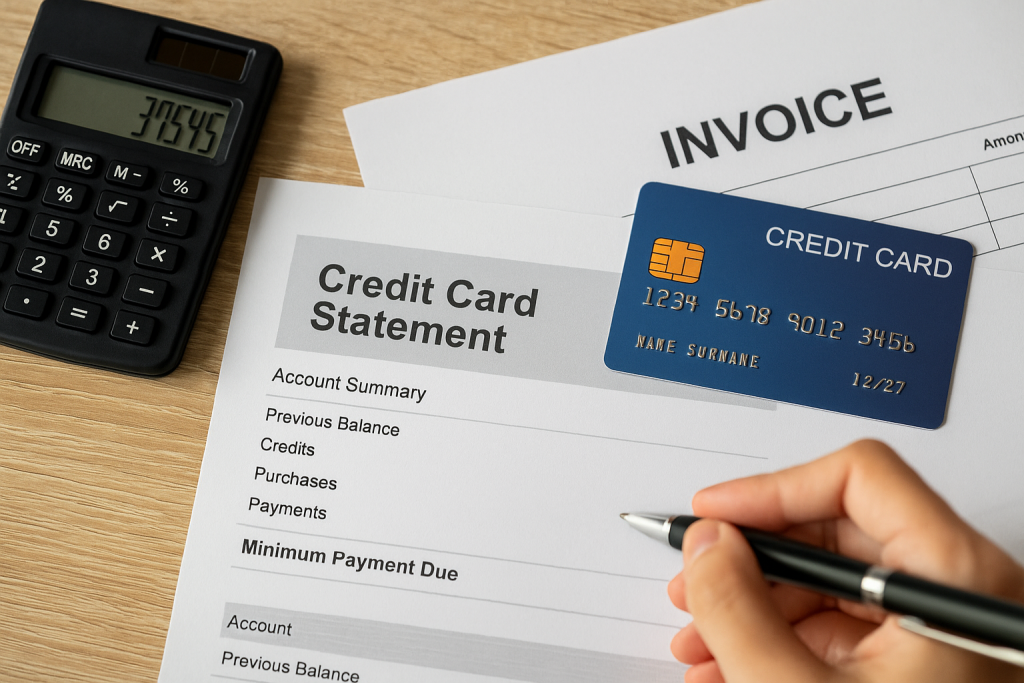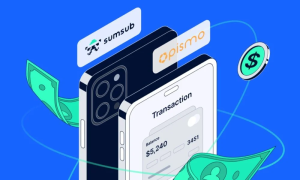Experiencing a sudden credit card interest rate hike can be both surprising and stressful. Many consumers may feel financially unprepared when faced with such an unexpected change. Understanding how to effectively manage this situation is crucial for maintaining your financial stability. This guide provides practical steps and insights to navigate through a credit card interest rate increase effectively.
In today’s economic climate, credit card interest rates can fluctuate without much warning. It’s vital to have a strategy to manage these changes effectively. Not only can a rate hike impact your monthly payments, but it can also affect your long-term financial goals. Let’s explore how to handle these increases and keep your finances on track.
Understand the Reasons Behind the Interest Rate Hike

When confronted with a credit card interest rate hike, the first step is understanding why it occurred. Interest rates can rise due to economic factors, changes in your credit score, or adjustments in lending policies. Knowing the cause can help you respond appropriately and mitigate any negative effects.
By checking the communication from your credit card issuer, you may find specific reasons for the rate change. This could include a fluctuation in the prime rate or an internal review of your account. Investigate these factors to understand better how they impact your interest rate.
Review current credit card terms
Before making any decisions, review the current terms and conditions of your credit card. Look closely at any changes in the interest rates and fee structures. Ensure you understand how these adjustments affect your overall credit card agreement.
It’s essential to know your rights as a cardholder. For example, the CARD Act stipulates that card issuers must provide a 45-day notice before increasing rates on existing balances. This gives you time to strategize your financial response to the hike.
Contact your credit card issuer
Once you’ve reviewed your credit card terms, the next step is to contact your card issuer. Speaking with a representative can provide insights into the reasons for the rate hike and possible options for lowering it. Customer service may offer promotional rates or help find a more suitable product.
Don’t hesitate to negotiate; ask about reducing your rate based on your payment history and credit score. Many issuers are willing to work with reliable customers to maintain their business. A simple call can lead to substantial savings over time.
Strategies to Mitigate the Impact of an Interest Rate Increase
To minimize the effect of a credit card interest rate hike on your financial situation, consider several proactive strategies. By planning and implementing them effectively, you can keep your finances stable and avoid additional costs.
Whether it’s consolidating debt or creating a new budget, tackling the interest rate increase head-on can prevent any long-term negative impact. Focus on reducing your overall debt and managing your expenses to cope with the rising interest charges.
Consider balance transfers
If the new interest rate is significantly higher, consider transferring your balance to a card with a lower rate. Many credit cards offer introductory 0% APR on balance transfers for a limited period, which can provide temporary relief from high interest.
Before making a transfer, calculate the transfer fees and compare them to the interest you’ll save. Ensure the benefit outweighs the cost and take advantage of the promotional period to pay down your debt aggressively.
Develop a debt repayment plan
With an interest rate hike impacting your finances, it’s crucial to develop a targeted debt repayment plan. Start by prioritizing high-interest debt while making minimum payments on other obligations. This strategy helps you save money on interest over time.
Consider using methods like the avalanche or snowball strategy to pay down your debt effectively. Each approach has its benefits, so choose the one that aligns best with your financial habits and goals. Commitment and persistence will be key to your success.
Monitor Your Credit Regularly and Stay Proactive
Staying ahead of potential interest rate hikes means being proactive with your credit profile. Regularly monitoring your credit score can help you identify changes that might prompt a rate increase. Late payments, high credit utilization, or new credit inquiries can negatively affect your score and lead issuers to adjust your interest rate. By keeping track of your credit report, you can take corrective action before these issues escalate.
Using free credit monitoring tools or subscribing to credit alert services can give you real-time updates about changes to your credit status. This helps you maintain a healthy credit profile, which not only protects you from unexpected rate hikes but can also open doors to better financial products. A proactive approach empowers you to stay in control and minimise future risks related to rising interest rates.





